In 2019 Kim Kardashian launched her shapewear business under the Kimono brand in what is now widely regarded as a textbook example of cultural appropriation. Japanese kimono businesses, consumers and politicians were up in arms, appalled by the reality TV star’s attempt to associate her skin-tight, flesh-toned and curve-defining underwear with the graceful Japanese garment, with all its cultural significance for the Japanese people, just because the word has “Kim” in it. Kardashian eventually backed down and changed the name of her brand to Skims, presumably because she found Kimchi too spicy and Akimbo too suggestive.
Truth is, creativity is rarely spontaneous. Designers, artists and musicians have been creating works inspired by others since the dawn of creativity itself. Whilst it is clear that direct copying is a no-no and cultural appropriation will consign you to social media hell, to what extent is inspiration and imitation acceptable in design? There are no hard and fast rules. Actually, let me try.
Don’t Pick on the Powerful
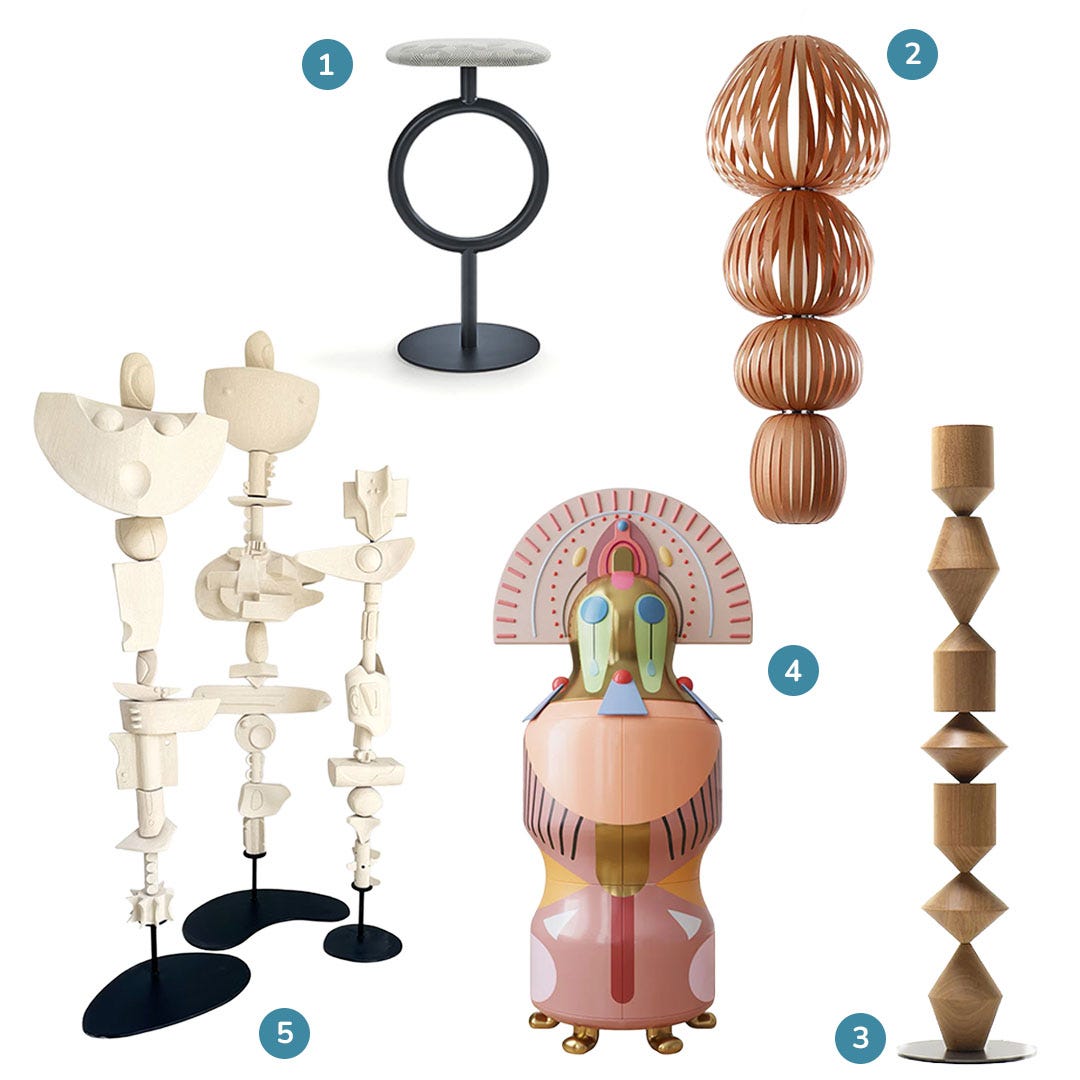
If you are going to “take inspiration” from somebody else’s work or culture, choose a source that is obscure or at least not very vocal. Risking to incur the wrath of a rich, powerful nation is obviously poor strategy, but what about small indigenous tribes? The totem pole, for example, though culturally important for native Americans, has inspired the designs of enough furniture and lighting to fill a giant teepee (see our selection above). It helps that most of these designs are stylised impressions rather than direct copies of the originals, and also that the tribes the Pacific North West lack the PR clout of Japan.
Improve on the Original
It’s not a copy if it’s different to the original and it’s unlikely to cause offence if it’s better than the original. This is often the case with reinterpretations of design classics. For instance the classic Thonet bentwood chair, instantly recognisable with its curvy wood frame and woven cane seat, has been a well-loved regular in bistros all over the world since its launch in the 19th century. It has inspired dozens of contemporary reinterpretations, including some rather fetching designs by Front and Martino Gamper. These work well because they understand the essence of the original design, combining it with fresh inspirations to create new versions which complement the original.
The Mal 1956 Chair, on the other hand, is a much more borderline case. Designed by Niels Wildenberg and Bob Copray in the early 2000s, it is a direct copy of the iconic Eames lounge chair, but was crafted entirely in rotationally moulded polyethylene in a range of zany colours. The end result has the look of the original but with a sitting experience which feels weirdly different. It is hard to tell if this rather clever design is a witty but reverential take on the original or a comically bad copy. The raft of lawsuits the designers received would suggest they had sailed too close to the wind.
Acknowledge the Designer
If your work is clearly inspired by that of others, it is good practice to acknowledge the original designer and treat their works with reverence. This will hopefully soothe the ego of the original designer and helps to present you more as a collaborator than as a copier. The Masters Chair by Philippe Starck, for example, is an exquisite mash-up of the silhouettes of three classic chairs (Series 7 by Arne Jacobsen, Tulip by Eero Saarinen and Eiffel by Charles Eames). It was done with such respect and confidence that you can’t help but to take your hat off to the great designer. All four of them.
Time’s a Healer
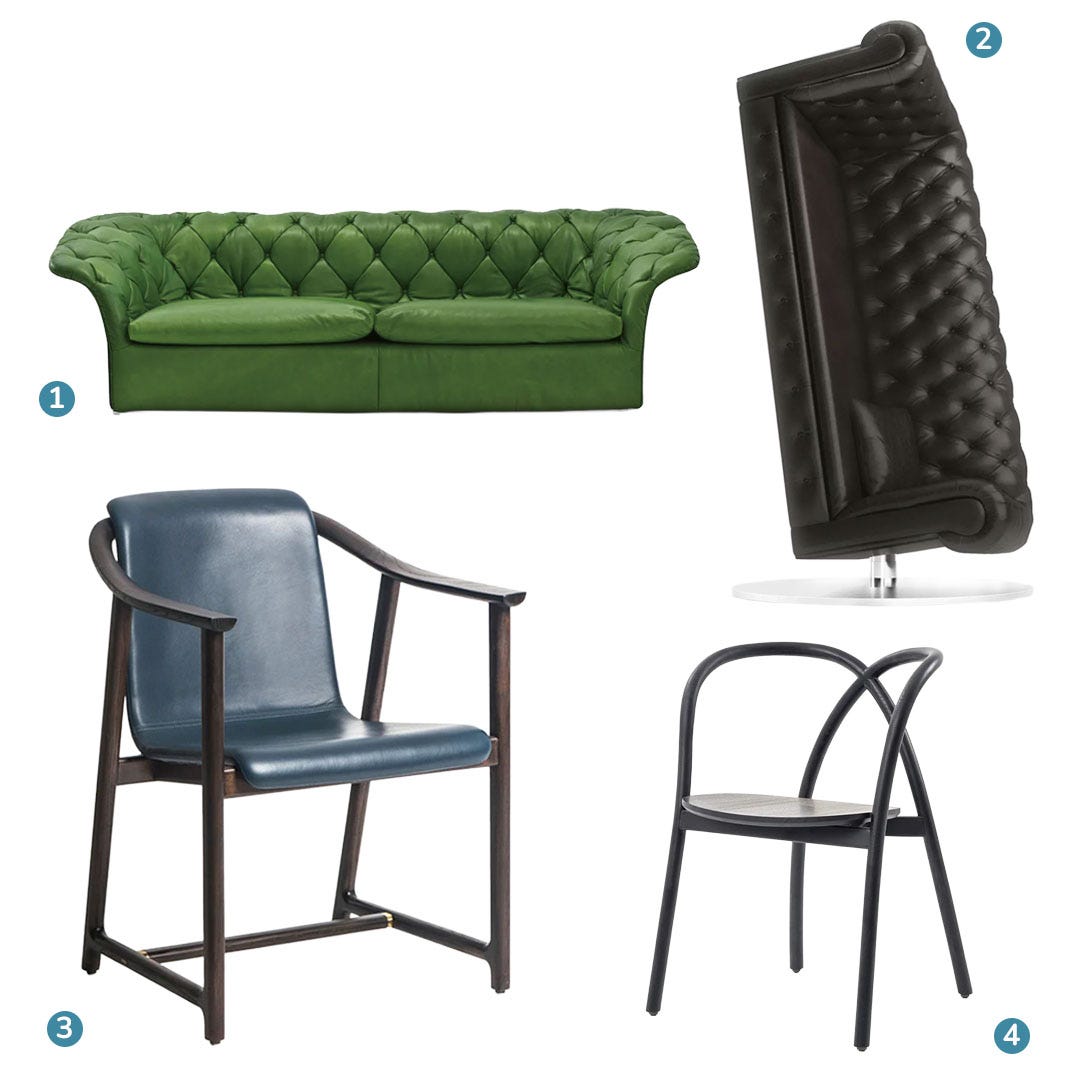
Heritage designs are great sources for plundering ideas. Go for designs which date from such a long time ago that they have long lost any legal protection, or have gone into such regular usage that they are seen more as a generic style than as a specific design. The classic English chesterfield sofa has been dragged from smoky Victorian gentlemen’s clubs to the modern age by designers such as Patricia Urquiola and Marcel Wanders. Designers Neri & Hu are likewise masters (or should we say shifus) of creating contemporary versions of Chinese heritage furniture, such as the Mandarin Dining Chair and the Ming Chair, both for Stellar Works. Though beware this strategy has limits, often ill-defined. Witness how nobody bats an eyelid whenever a new sandwich is invented and anybody can make a Gouda cheese, whilst Jamie Oliver created a social media maelstrom and offended half the population of West Africa by daring to suggest a new recipe for jollof rice. Which brings us to my final point…
Be Discrete
There’s an old Chinese saying that large trees will catch the wind. The more attention you generate the more likely it is that you might piss someone off. So when it comes to creating or purchasing designs inspired by others perhaps the best thing to do is to be discrete and not shout about it. Be respectful and try not to cause offence. Hire a good interior designer who can select furniture that has genuine design credibility. If in doubt, choose original designs over pastiches. On this matter, Kim Kardashian may have the last laugh. Having changed her brand from Kimono to the slightly more original Skims, her business has gone from strength to strength. With revenues of well over USD 1 billion and growing faster than you can say sayonara, Skims will soon be bigger than the entire Japan kimono market. Perhaps it’s time the Japanese introduce kimono inspired shapewear?
For more truly original design furniture and lighting come visit us at www.do-shop.com.



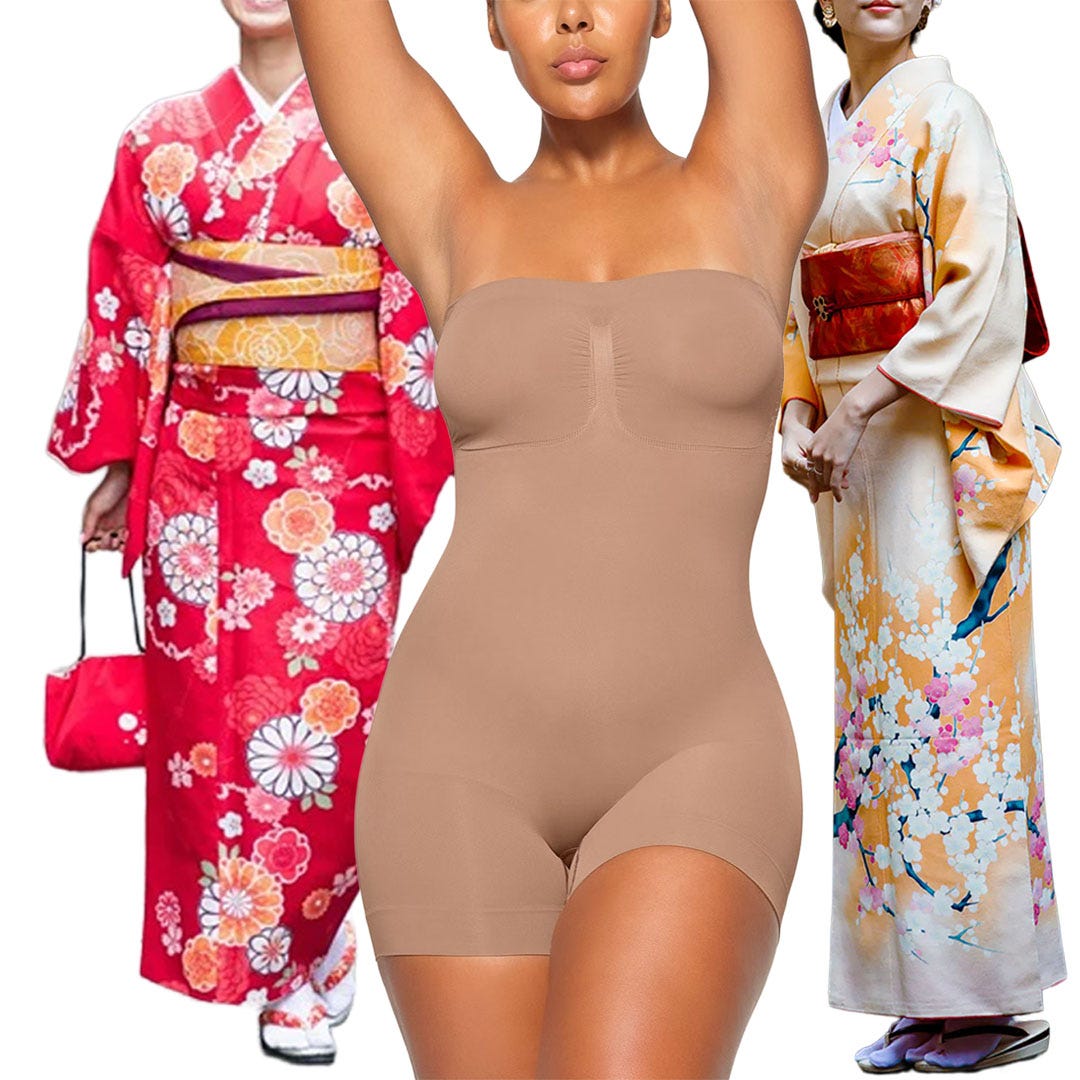

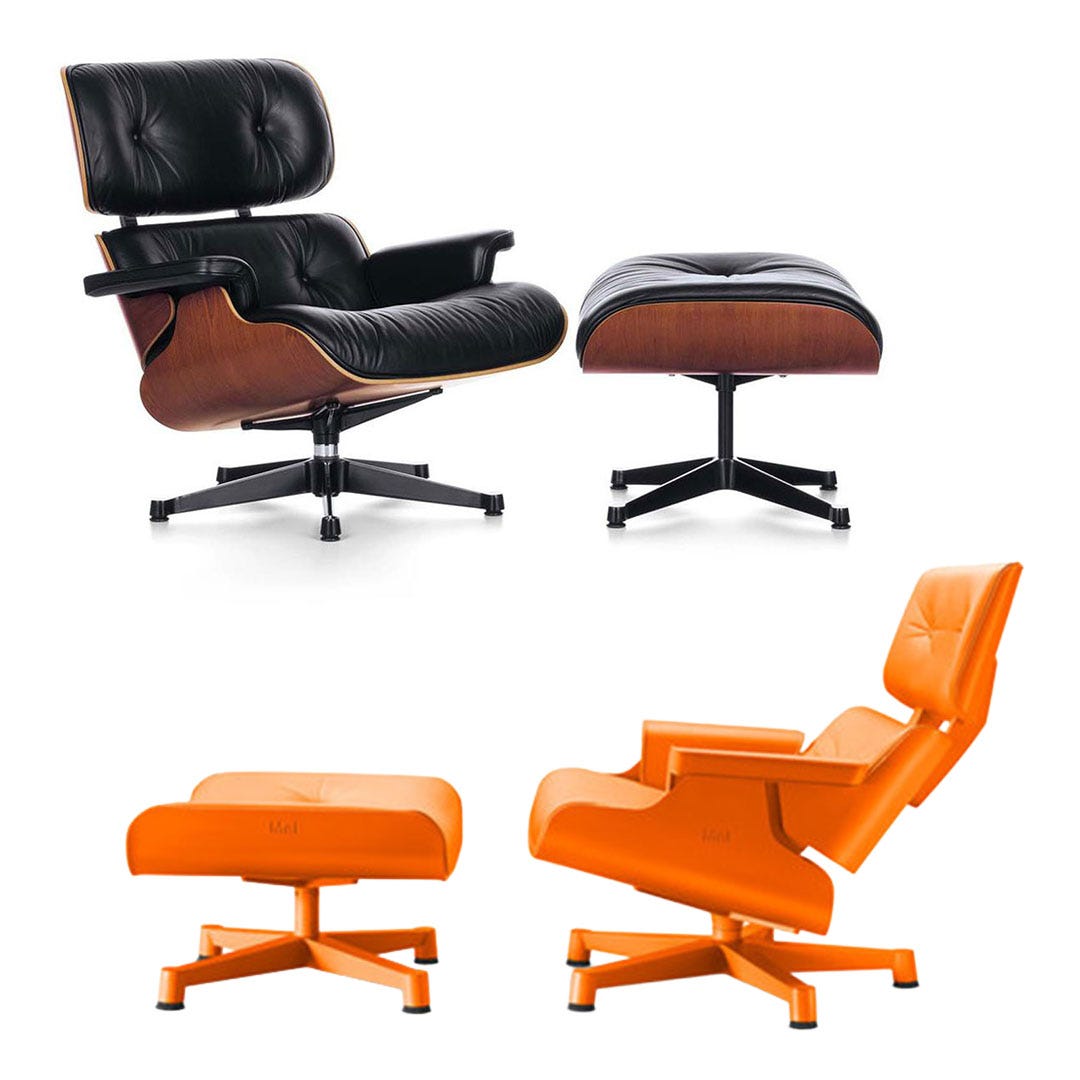
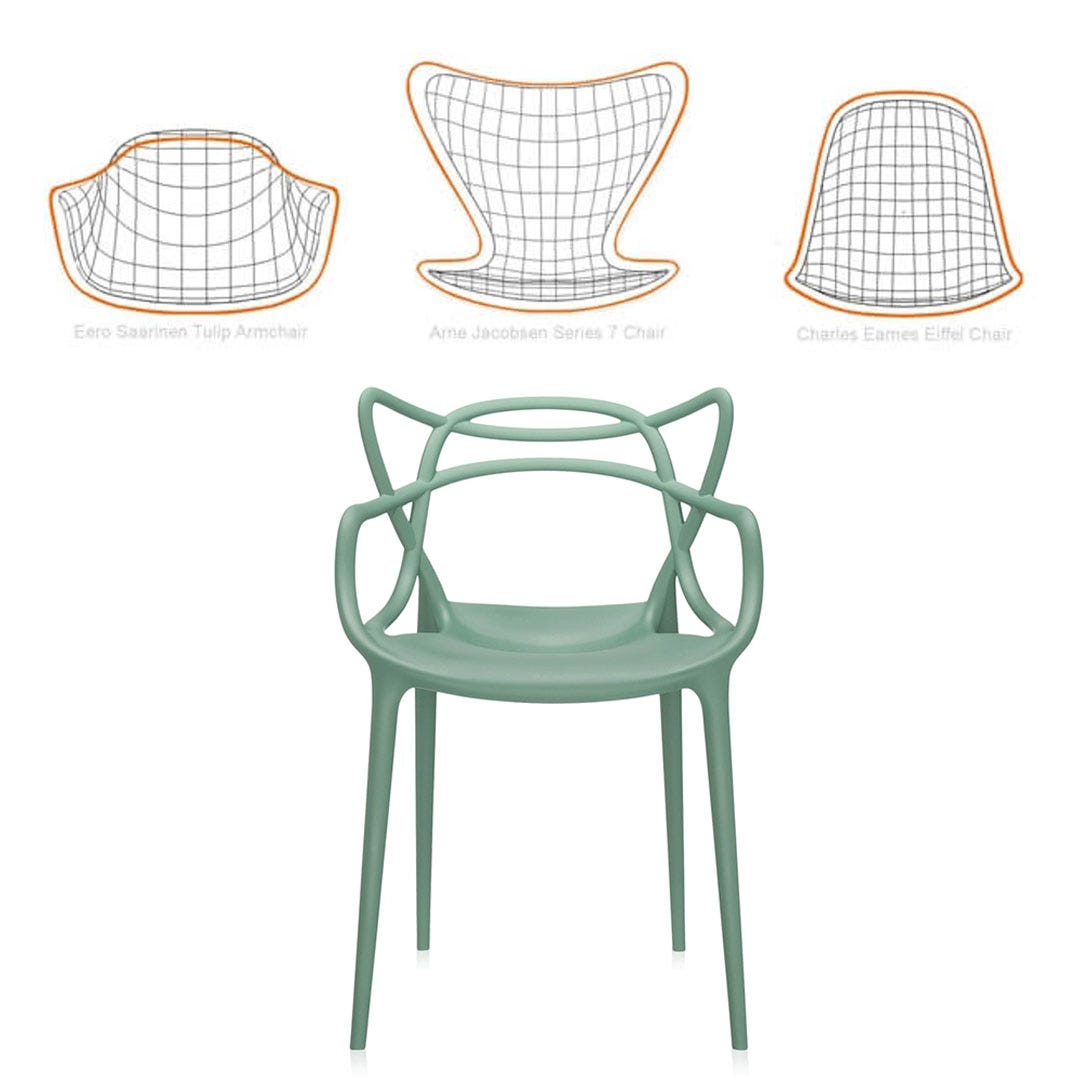
As a matter of fact Skims is now valued at over $4 billion … 🤪
Clearly taking “inspirations” in a clever way pays off !! 🥳